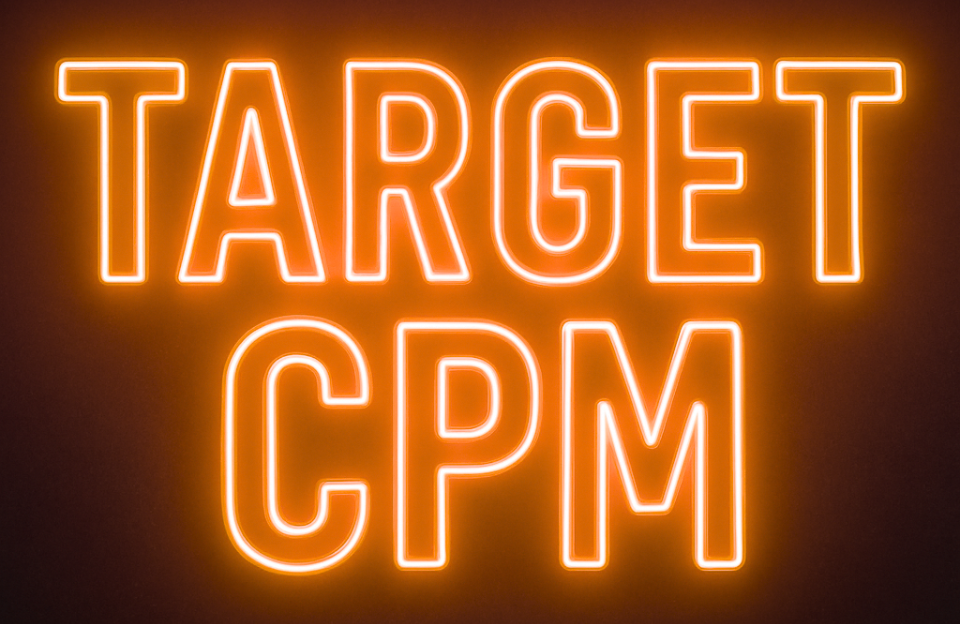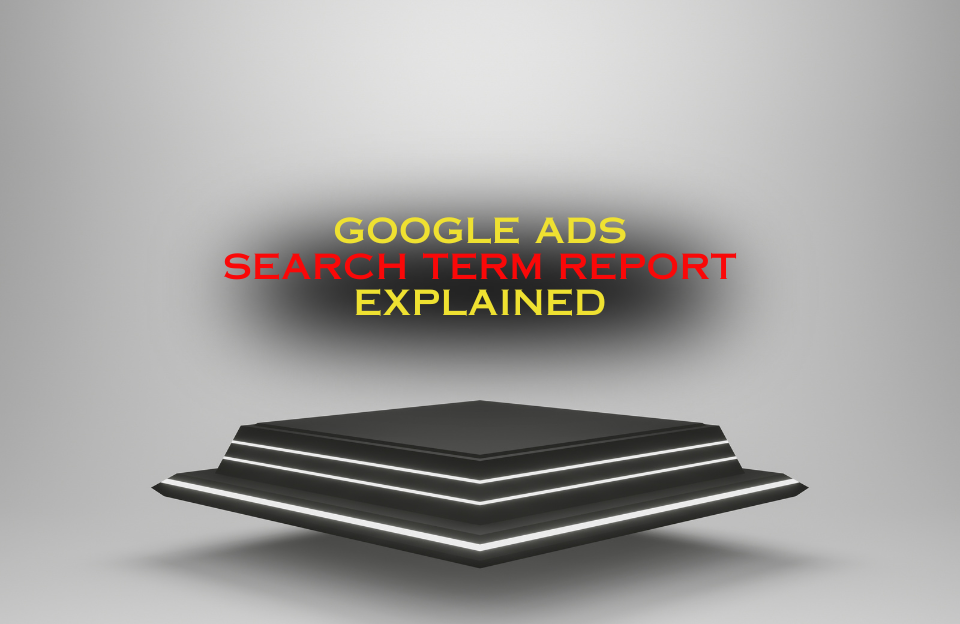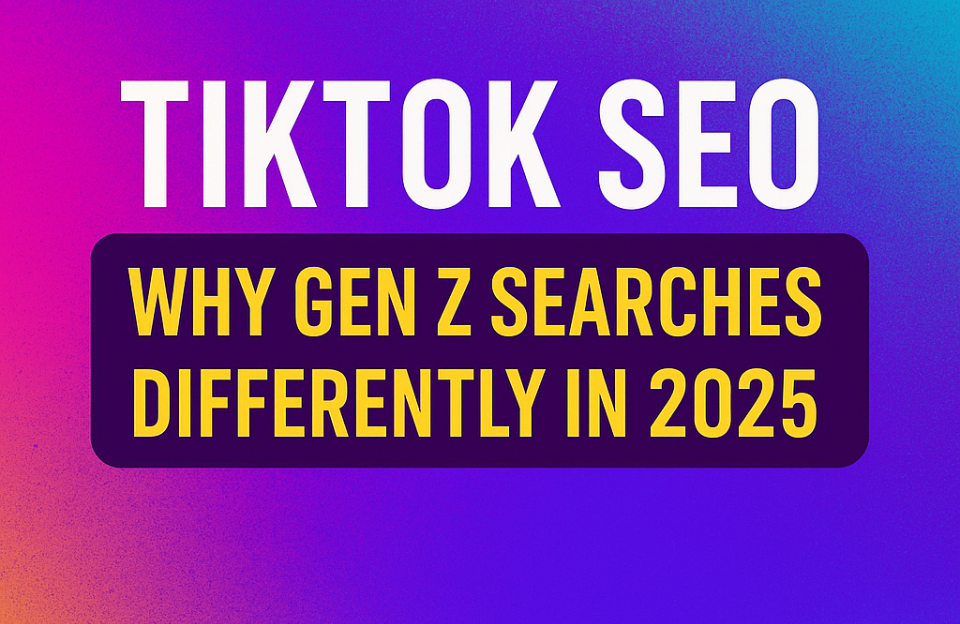Target CPM (Cost Per Mille) is a bidding strategy designed specifically for video campaigns in Google Ads. Instead of focusing on clicks or conversions, Target CPM optimizes your bids to reach as many people as possible while keeping the average cost per 1,000 impressions within your target range.
What is Target CPM?
Target CPM stands for “Target Cost Per Mille,” where “mille” means 1,000 impressions. With this bidding strategy, you tell Google how much you’re willing to pay for 1,000 ad impressions. Google then adjusts bids in auctions to help you achieve that average CPM across your campaign.
This strategy is used exclusively for YouTube video campaigns and Google video partner placements—typically with ad formats like:
- Bumper ads (6 seconds)
- Non-skippable in-stream ads
- Outstream video ads
How does Target CPM work?
When you set a target CPM, Google Ads will automatically adjust your bids to get as many impressions as possible at or below your desired CPM. The system considers factors like:
- Audience targeting
- Device type and location
- Video format and length
- Ad relevance and watch history
Target CPM does not optimize for clicks, conversions, or views—it purely focuses on impressions. That makes it ideal for brand awareness and reach-based campaigns.
When should you use Target CPM?
Target CPM is best when:
- Your goal is to maximize reach and awareness
- You want control over impression costs rather than clicks or conversions
- You’re using short, non-skippable video formats
- You’re running a broad video branding campaign
It’s not ideal when:
- Your primary goal is driving clicks, traffic, or conversions
- You have a limited budget and strict ROI targets
Pros and cons of Target CPM
Pros:
- Great for scaling brand reach
- Predictable average cost per 1,000 impressions
- Ideal for short video formats and awareness pushes
- Works well for large audiences and national campaigns
Cons:
- No direct optimization for conversions or clicks
- May lead to low engagement if targeting isn’t refined
- Requires high-quality video creative
- Less effective for niche or bottom-funnel goals
Practical example: Brand awareness campaign
Imagine a beverage company launching a new energy drink. They create a 6-second bumper ad to introduce the brand. The goal is to reach 1 million unique users within a month.
They set up a YouTube campaign with:
- Target CPM: €5.00
- Audience: 18–35 years old, urban areas
- Format: Bumper ads (non-skippable)
Over the campaign period, they achieve:
- 1.2 million impressions
- Average CPM: €4.87
- Strong lift in ad recall and brand interest (measured via Brand Lift)
While conversions are not tracked, the reach and recall metrics show strong performance for a low unit cost.
How to set up Target CPM in Google Ads
- Create a new campaign and choose “Video” as the campaign type
- Select a goal like “Brand awareness and reach”
- Choose a campaign subtype that supports Target CPM (e.g., Bumper ads)
- Set your Target CPM bid (e.g., €5.00)
- Configure audience targeting and placements
- Upload your video creative and launch the campaign
Tips for Target CPM success
- Use high-quality, concise video creatives (6–15 seconds)
- Target broad but relevant audiences for efficiency
- Monitor average CPM vs. target regularly
- Use Brand Lift or view-through metrics to measure impact
- Don’t expect clicks—focus on impressions and awareness signals
Conclusion
Target CPM is a powerful bidding strategy for video advertisers focused on brand visibility. It provides predictable impression costs and wide reach, making it perfect for top-of-funnel campaigns. With compelling creatives and broad targeting, it helps advertisers make a strong first impression at scale.




